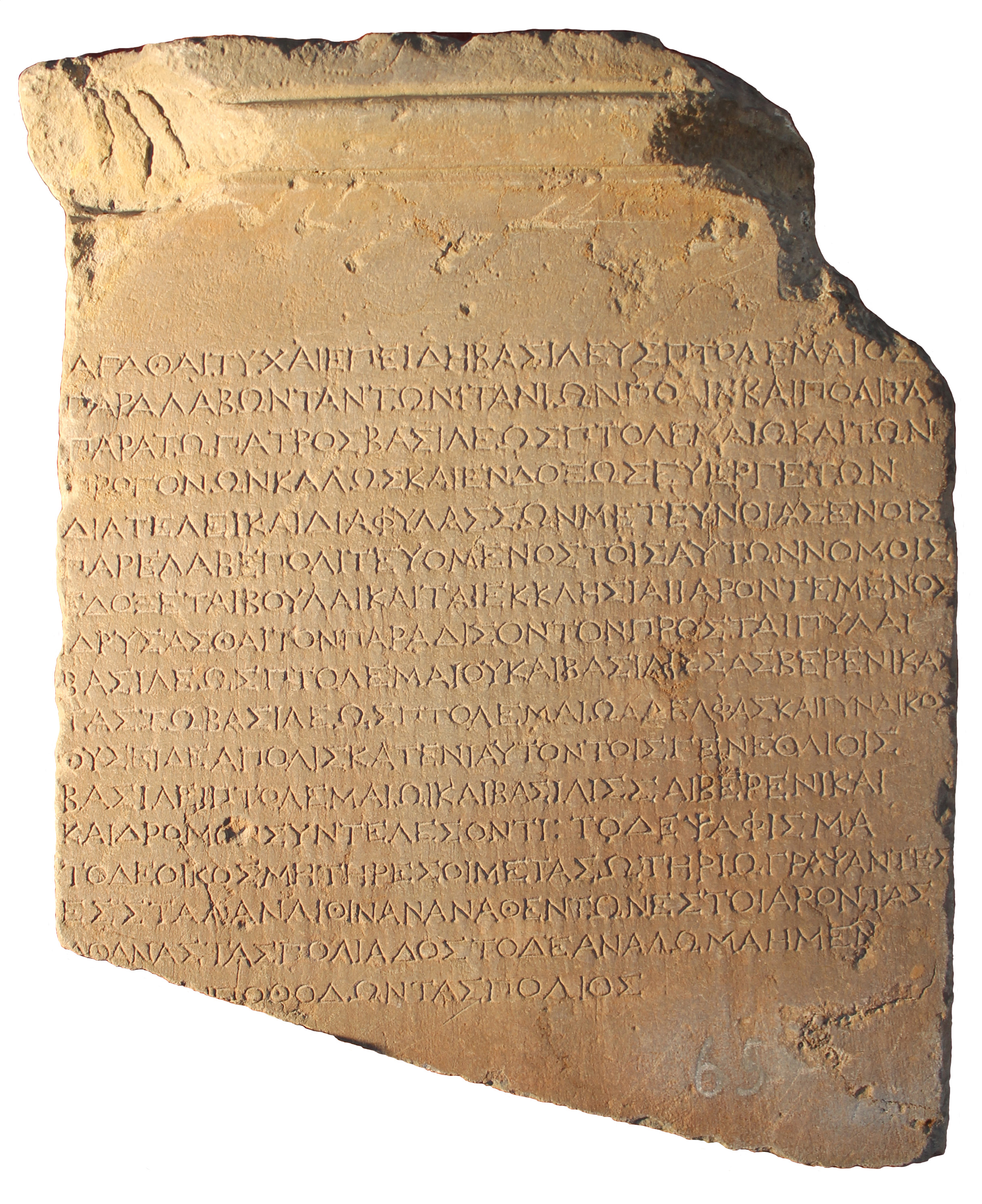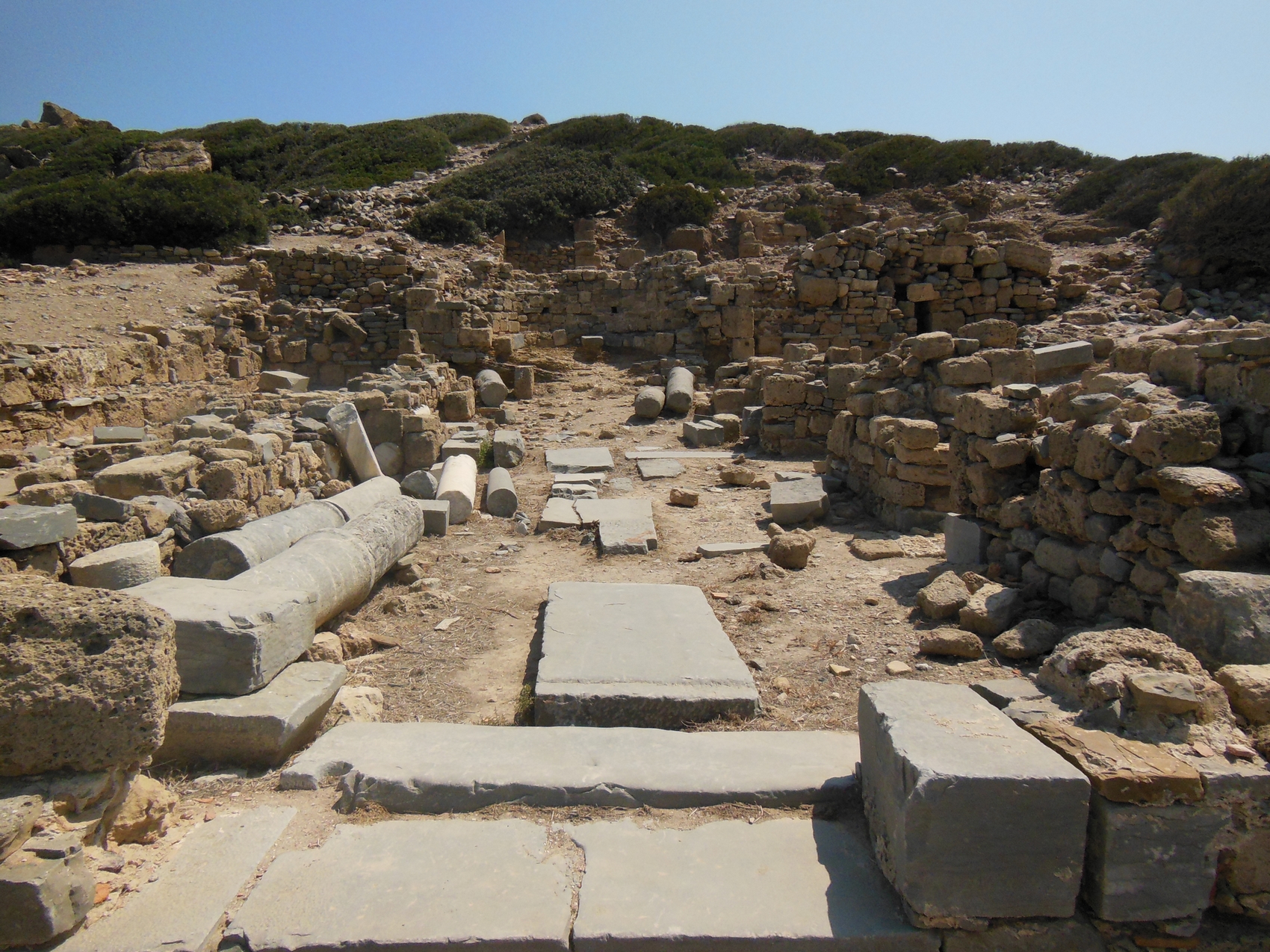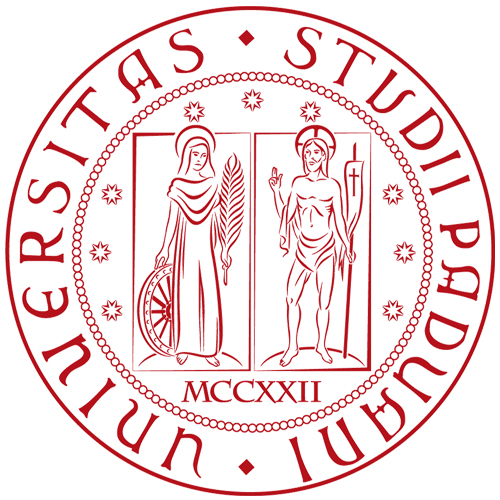The text, elegantly written on a stele of local limestone erected in the sanctuary of Athena Polias, is a decree of the city of Itanos establishing cultic honours for king Ptolemy III and queen Berenike II. The absence of the epiclesis Euergetes suggests a date before 243/2 BC. The king is praised for his euergetic and protective attitude toward the city, in continuity with his ancestors' policy. The cultic honours decreed by Itanos comprise the dedication of a sacred precinct of the royal couple in a park near a city gate and the celebration of a festival for the king's birthday.
Permanent ID
http://s.phrc.it/phrc011Images:
Photo 1: Photo of the stone; Herakleion Museum, Inv. No. 65, copyrighted image. Courtesy of the Greek Ministry of Culture and Sports, Department of Antiquities
Photo 2: view of the Basilica A, where the stone was found (S. Caneva, CC-BY-SA 4.0 International)






